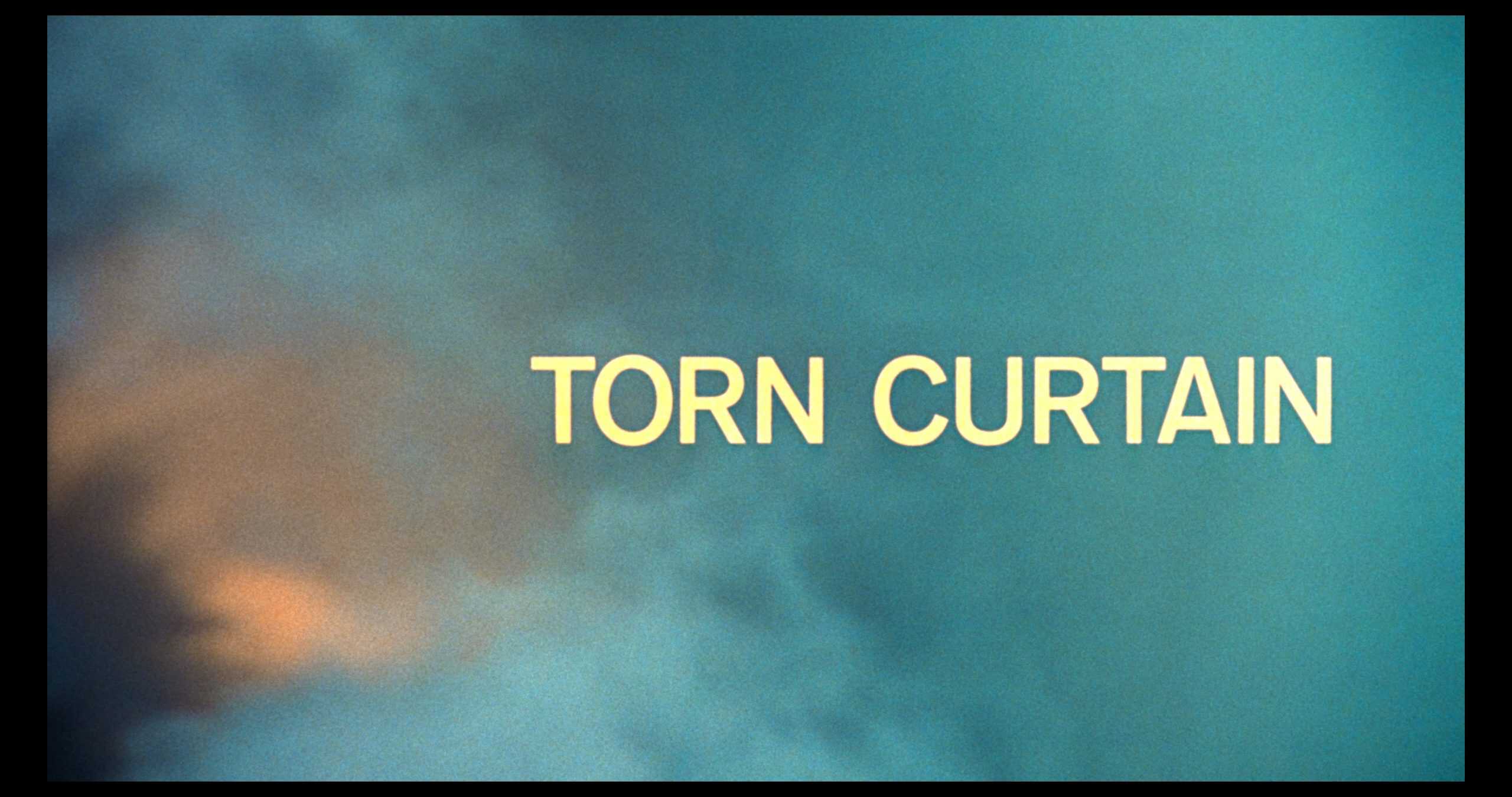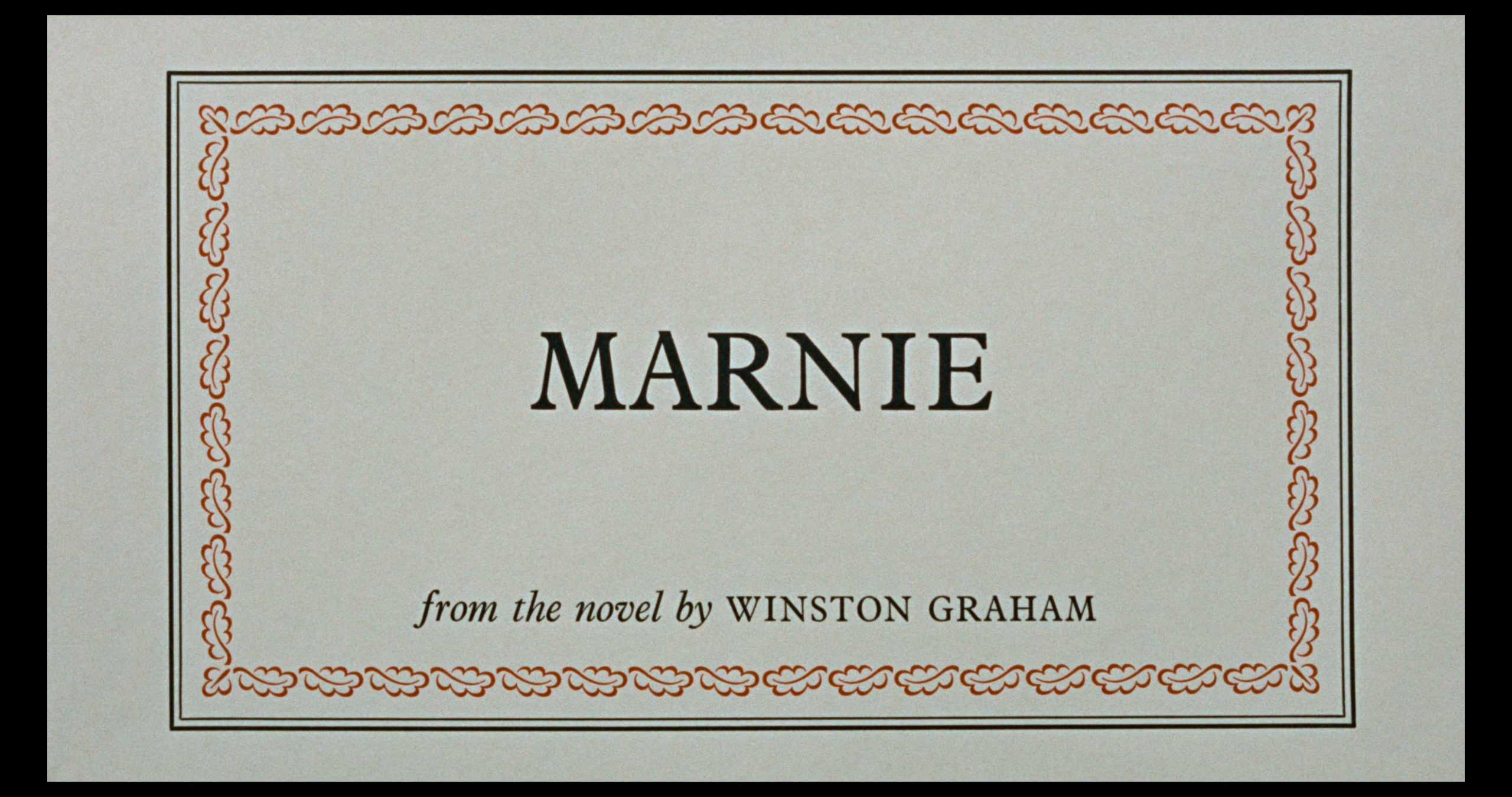“Torn Curtain” was conceived during a period when Cold War tensions were high, and spy films were gaining popularity, partly due to the success of the James Bond franchise. Alfred Hitchcock, always keen to stay relevant and explore new territory, decided to venture into the realm of Cold War espionage.
Table of Contents
![Torn Curtain (1966) [Movie review] 2 Torn Curtain (1966) [Movie review] 1](https://andersonvision.com/wp-content/uploads/2024/07/torn-curtain-4k-uhd-1-3840x2025.jpg)
Where Torn Curtain began
The genesis of the film can be traced back to Hitchcock’s interest in the real-life case of British diplomats Guy Burgess and Donald Maclean, who defected to the Soviet Union in 1951. This event sparked Hitchcock’s imagination about the complexities and dangers of Cold War espionage.
The screenplay was written by Brian Moore, an Irish novelist who had previously adapted his own work for the screen. Hitchcock was impressed by Moore’s novel “The Luck of Ginger Coffey” and hired him to write an original screenplay. However, their collaboration was not smooth, and Hitchcock ended up making significant changes to Moore’s script.
For the lead roles, Hitchcock initially considered casting Eva Marie Saint (who had starred in his 1959 film “North by Northwest”) and Paul Newman. While Newman was secured for the male lead, the female lead eventually went to Julie Andrews, who was riding high on the success of “Mary Poppins” (1964) and “The Sound of Music” (1965).
The casting of Andrews was partly influenced by Universal Studios, which was financing the film. The studio hoped that Andrews’ popularity would ensure box office success. This was one of several instances where the studio exerted influence over the production, much to Hitchcock’s frustration.
“Torn Curtain” began production in 1965, with filming taking place on the Universal Studios lot in California, as well as on location in Copenhagen and Berlin. The film was shot in Technicolor, with Hitchcock working with cinematographer John F. Warren, as his long-time collaborator Robert Burks was unavailable.
![Torn Curtain (1966) [Movie review] 4 Torn Curtain (1966) [Movie review] 3](https://andersonvision.com/wp-content/uploads/2024/07/torn-curtain-4k-uhd-3-3840x2025.jpg)
Let’s talk the tech of Movie Magic
Production and Cinematography: “Torn Curtain” was filmed using 35mm Technicolor film. Hitchcock, known for his meticulous planning and storyboarding, approached this film with his usual attention to visual detail. However, the production was marked by various challenges and disagreements.
One of the most significant changes in the production was the musical score. Hitchcock’s long-time collaborator Bernard Herrmann composed a score for the film, but Hitchcock rejected it, feeling it was too reminiscent of their previous work together. This led to a permanent rift between the two. The final score was composed by John Addison, marking a significant departure from the iconic Herrmann-Hitchcock sound.
The film’s visual style aimed to capture the cold, tense atmosphere of the Cold War. Scenes set in East Berlin were designed to contrast sharply with those in the West, emphasizing the differences between the two sides of the Iron Curtain.
One of the most notable sequences in the film is an extended fight scene in a farmhouse. Hitchcock wanted this scene to depict the difficulty and messiness of killing a person in real life, in contrast to the quick, clean deaths often seen in spy films. This scene was meticulously choreographed and shot to create a sense of realism and brutality.
Who’s in Torn Curtain?
- Paul Newman as Professor Michael Armstrong
- Julie Andrews as Sarah Sherman
- Lila Kedrova as Countess Kuchinska
- Hansjörg Felmy as Heinrich Gerhard
- Tamara Toumanova as Ballerina
- Wolfgang Kieling as Hermann Gromek
- Ludwig Donath as Professor Gustav Lindt
- Günter Strack as Professor Karl Manfred
Paul Newman, one of the biggest stars of the era, brought his characteristic intensity to the role of Armstrong. Julie Andrews, cast against type, demonstrated her versatility as an actress in a role far removed from her musical performances.
![Torn Curtain (1966) [Movie review] 6 Torn Curtain (1966) [Movie review] 5](https://andersonvision.com/wp-content/uploads/2024/07/torn-curtain-4k-uhd-5-3840x2025.jpg)
What is Torn Curtain about?
“Torn Curtain” tells the story of Michael Armstrong, an American physicist and rocket scientist, who appears to defect to East Germany. The film opens with Armstrong attending a scientific conference in Copenhagen with his assistant and fiancée, Sarah Sherman.
To Sarah’s shock and dismay, Armstrong suddenly announces his intention to defect to East Germany. Despite her confusion and hurt, Sarah follows him to East Berlin. However, it soon becomes clear that Armstrong’s defection is a ruse; he is actually on a secret mission to obtain valuable scientific information from an East German scientist.
As Armstrong attempts to carry out his mission, he must navigate the complexities of operating behind the Iron Curtain. He faces various challenges, including evading a persistent East German security officer named Gromek. This leads to the aforementioned brutal fight scene in a farmhouse, where Armstrong and a farm wife struggle to kill Gromek.
Meanwhile, Sarah, unaware of the truth behind Armstrong’s actions, grapples with her feelings of betrayal and her suspicions that there’s more to the situation than meets the eye. Her presence complicates Armstrong’s mission, as he tries to protect her while maintaining his cover.
The plot builds to a climax as Armstrong attempts to meet with the East German scientist, Professor Lindt, to obtain the crucial formula he seeks. This leads to a tense scene where Armstrong must solve a complex equation to prove his scientific credentials.
Throughout the film, Hitchcock explores themes of loyalty, deception, and the moral ambiguities of espionage. The Cold War setting provides a backdrop of constant tension and danger, with the threat of discovery looming over the protagonists at all times.
The film concludes with Armstrong and Sarah attempting a daring escape from East Germany, involving a ballet performance and a fictional anti-nuclear organization called π.
Final thoughts
“Torn Curtain” combines elements of the spy thriller with Hitchcock’s trademark suspense, while also attempting to present a more realistic depiction of espionage than was typical in films of the era. While not anywhere near my favorite Hitchcock films, it has a certain charm that was missing from other end of life Hitchcock movies.

![Sound of Hope: The Story of Possum Trot (2024) [Movie review]](https://andersonvision.com/wp-content/uploads/2024/07/HOPE_Key-FINAL-DIGITAL-FULL-lowres.jpg)
